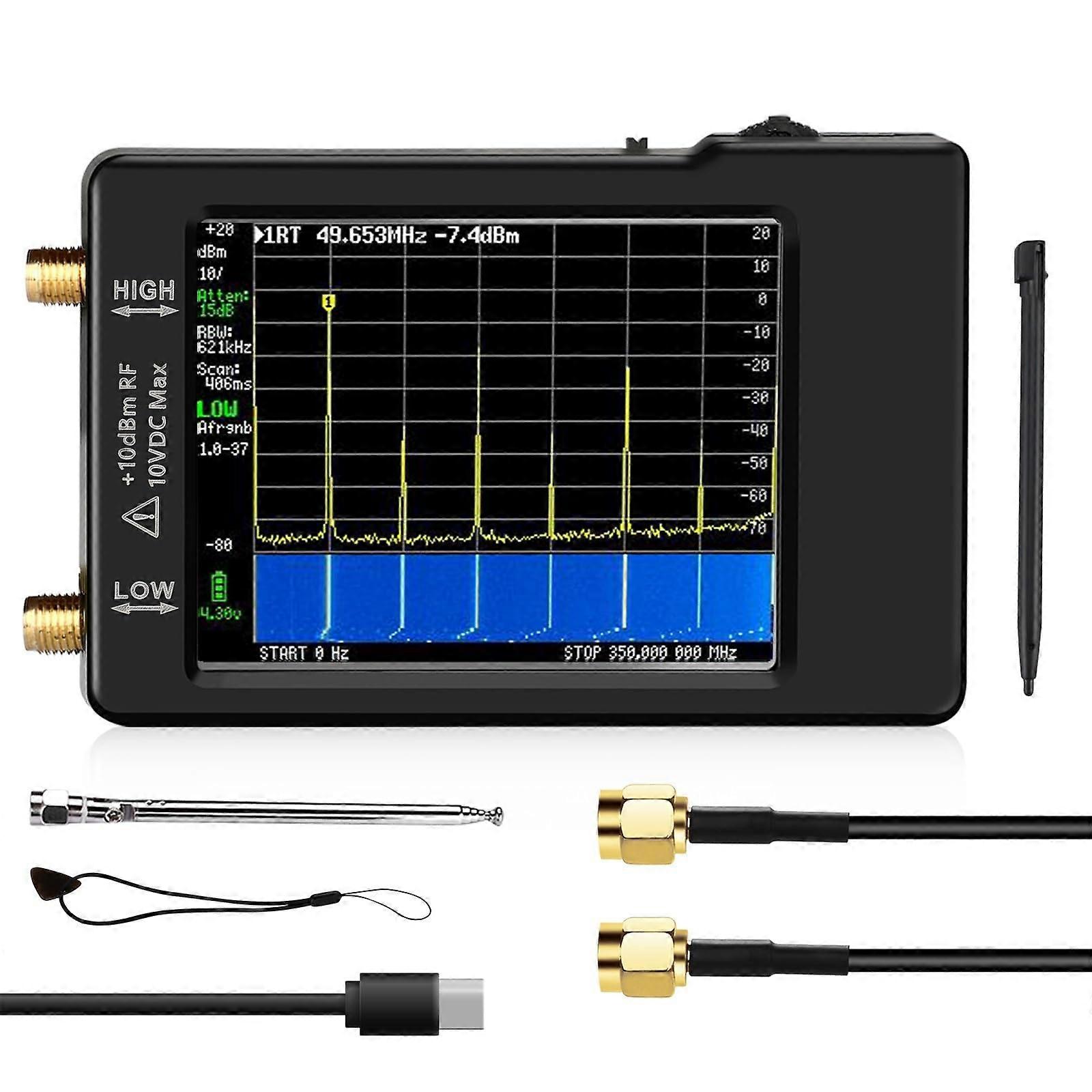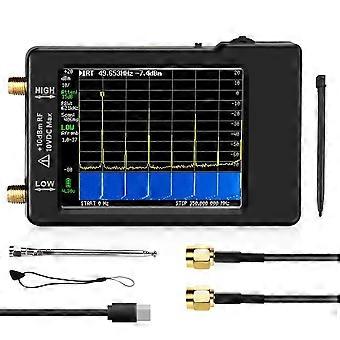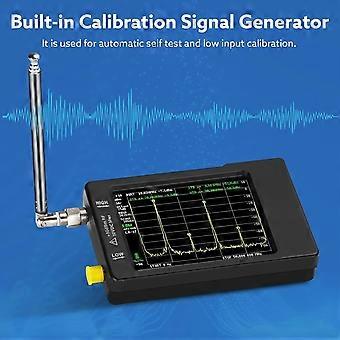설명
Absolute maximum input level overview
- Absolute maximum input level without attenuation: +10 dBm
- Absolute maximum input power with 30 dB attenuation: +20 dBm for a short time
- Input interface point of third order modulation products (IIP3) with 0 dB attenuation: +15 dBm
- 1 dB compression point at +2 dBm with 0 dB attenuation
Why this matters
- Clear protection for your downstream stages: defined input limits help prevent damage and maintain system reliability during testing and operation.
- Predictable linearity for strong conversion tasks: IIP3 and compression points give you a reliable picture of how the signal will behave through the conversion path.
- Flexible handling of high level signals: a 30 dB attenuation option allows short duration exposure to higher input powers without immediate risk to the core path.
- Simple, robust performance metrics: compact set of well-defined specifications makes it easier to plan, test, and verify RF front-end behavior.
Key benefits and what you get
- Robust input handling: precise absolute maximums tell you how much signal you can apply without attacking system integrity.
- Linearity and intermodulation visibility: IIP3 specification at 0 dB attenuation (+15 dBm) provides a clear indicator of third-order distortion performance.
- Compression awareness: 1 dB compression point at +2 dBm (0 dB attenuation) defines headroom before nonlinear compression occurs.
- Attenuation option for protection during testing: 30 dB attenuation allows higher input power to be applied briefly (+20 dBm) without exceeding critical limits.
How it fits in a system
- Function: RF input interface with defined power handling and linearity points tailored for strong conversion applications.
- Compatibility: designed to integrate into RF signal chains that require known input thresholds, IIP3 guidance, and predictable compression behavior.
- Performance focus: selects and preserves essential nonlinear and saturation characteristics to support accurate testing, calibration, and evaluation of conversion stages.
Practical use scenarios
- Scenario 1: Lab testing of a high-level RF front end
- Use the 30 dB attenuation path to tolerate short surges up to +20 dBm during bench tests.
- Monitor IIP3 at 0 dB attenuation (+15 dBm) to assess third-order distortion as you adjust input power.
- Reference the 1 dB compression point (+2 dBm) to set safe operating margins for linearity measurements.
- Scenario 2: Intermodulation and linearity characterization
- Apply dual-tone or multi-tone signals within the IIP3 and compression ranges to quantify intermodulation products and compression onset.
- Use the absolute maximums as safety thresholds to avoid damage during high-level excitation.
- Scenario 3: Production or field measurement with transient events
- Rely on the 30 dB attenuation option for short-duration high-power transients, ensuring protection of sensitive stages while still enabling meaningful test data.
- Use the specified IIP3 and compression points to verify consistent performance across units or operating environments.
Notes on usage
- Respect the absolute maximum input levels to prevent damage to the device and connected components.
- Use the 30 dB attenuation path when you anticipate brief high-power signals that exceed the 0 dB attenuation limits.
- Refer to the IIP3 and 1 dB compression specifications to design test procedures and signal conditions that reveal the desired linearity and saturation behavior.
This description preserves the original specifications and their intended meanings, presented in a clear, customer-oriented format without adding extraneous details.
-
브랜드:
Unbranded
-
카테고리:
전기 용품
-
Fruugo ID:
401698204-853799839
-
EAN:
586091970946





